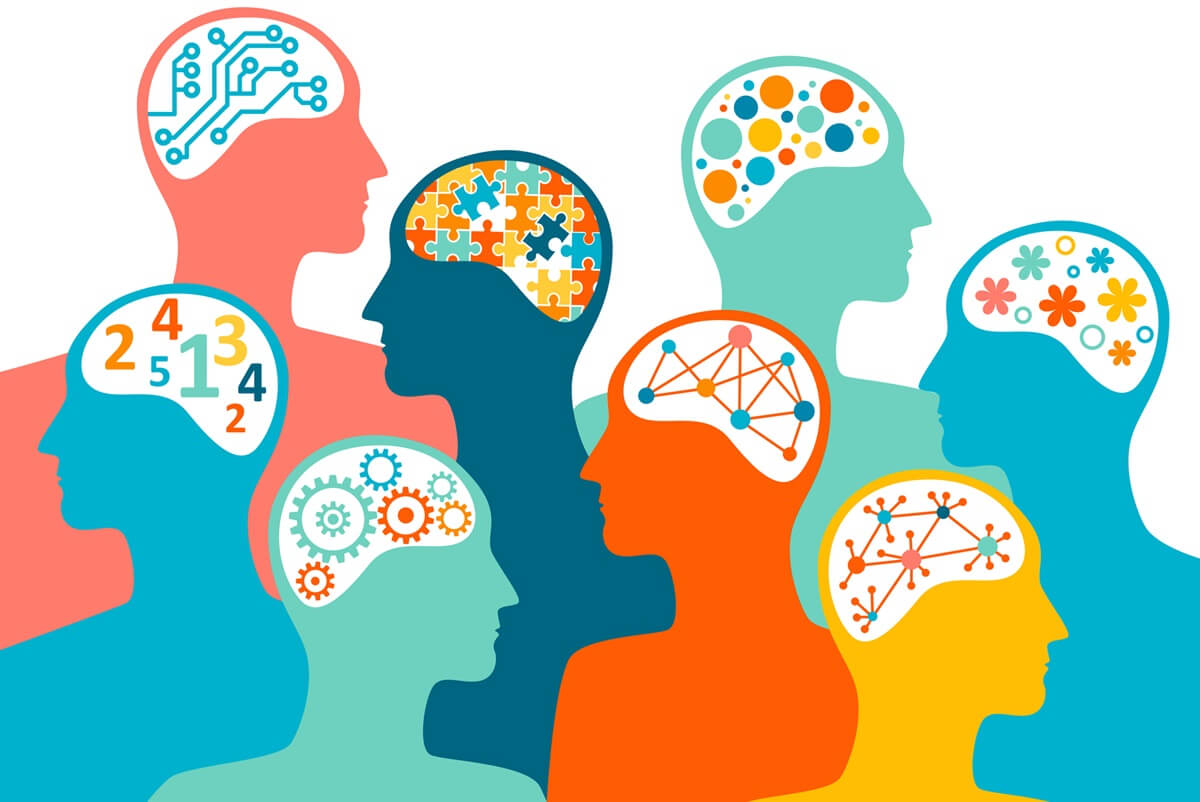Employees who feel their organization is committed to and supportive of diversity and inclusion report better business outcomes in innovation, responsiveness to changing customer needs, and team collaboration.
Moreover, employees have higher job satisfaction and lower turnover intentions when:
- Supervisors/team leaders are committed to a workforce representative of all segments of society.
- Policies and programs promote diversity in the workplace (e.g., recruiting minorities and women, training in awareness of diversity issues, mentoring).
- Managers/supervisors/team leaders work well with employees of different backgrounds
In addition to diversity and inclusion, a healthy organization also depends on effective human relations. For your employees to gain acceptance from peers, they may feel pressured to lose their uniqueness to conform to dominant societal norms that impact their sense of belonging. Consequently, 40% of your employees may feel isolated at work, resulting in lower organizational commitment and engagement.
Below is an activity your employees can do alone or in a small group. Managers, supervisors, or team leaders can ask their members to use reflection and action to empower them to create a greater sense of belonging for their work teams.
Begin the activity by reviewing each pair of Reflection and Action questions / statements. Take a blank sheet of paper or open a new document on your computer and write down their answers to the Reflection and Action questions / statements below.
| Reflection | Action |
|---|---|
What is your opinion of the statement, “Don’t Bring Me Problems, Bring Me Solutions?” | Write about a time when a colleague or direct report came to you with a problem without a solution. What course of action did you choose and why? |
Think of a team meeting when you felt other participants were not listening to what you were saying. How did you feel? | What strategies can teams employ to ensure that all meeting participants feel heard? Name three. |
Think about when you heard/saw a colleague say/do something inappropriate, such as making a racist, sexist, or ageist joke. How did you respond? | Reflect on what you could have done differently to achieve a better outcome. |
Are you able to draw on work connections to approach senior leaders in your organization? | Write down three effective ways your organization can improve the interactions of senior leaders with employees. |
How much in common do you have with your colleagues? | If you were given the opportunity, what would you tell your colleagues about connecting with you better? |
Describe your organization’s social responsibility practices and commitments (e.g., community outreach and partnerships). | Share how would you develop or improve your organization’s social responsibility. |
Think of a time you were excluded from a meeting you think you should have been included in. How did you feel? | Name three strategies teams can employ to ensure all necessary members are included in meetings? |
Have you ever felt pressured to participate in a workplace social activity that makes you uncomfortable? If so, describe the incident. | List three social activities you enjoy that you may be able to do in your workplace. |
Is there a company benefit (e.g., caregiver support) you are hesitant to take advantage of for fear of suffering a penalty (e.g., loss of promotion prospects)? Could you write it down? | Write a short script addressed to your manager/supervisor/team leader explaining why this benefit is important to you and the organization. |
What are some things your organization could do to change how it operates to make a difference to you and your colleagues’ working lives? | Pose this request as a question for senior leadership. |
Do you believe your team has the right mix of work and communication styles, traits, and personalities to achieve its goals? | List potential individuals who can bring diverse talents and backgrounds to your team. Include people who look and think differently than you. |
Think of a time when you blamed a colleague or direct report for the failure of a team project even though the outcome was most likely related to several problems throughout the process. | Name three strategies managers/supervisors/team leaders can employ to ensure that all members share the responsibility for the outcome of a team project? |
We encourage you to share your answers with your team members while acting with empathy and compassion so that others can express their feelings safely. Keep in mind no one “gets it right” all the time.
Use this activity in your organization to create a workplace culture of safe expression, active listening, patience and respect, and accommodation for differences.
Yuval Noah Harari, who wrote “21 Lessons for the 21st Century,” says: “Even if you personally belong to a disadvantaged group and therefore have a deep firsthand understanding of its viewpoint, that does not mean you understand the viewpoint of all other such groups. For each group and subgroup faces a different maze of glass ceilings, double standards, coded insults, and institutional discrimination.”
To learn more about the new RethinkCare platform, request a demo.











